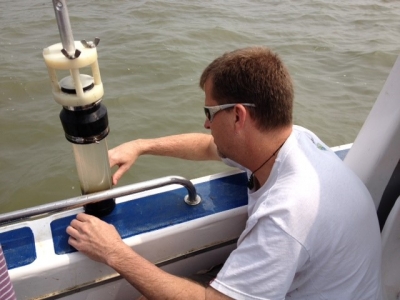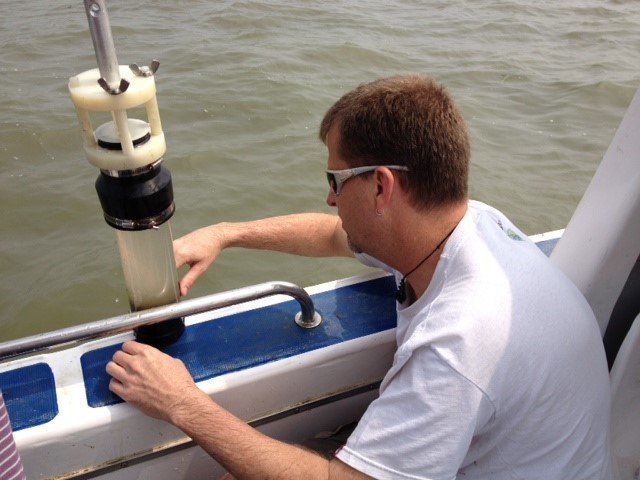Understanding how nutrients effect the genetic, functional and taxonomic biodiversity
 WHY Nitrogen is an important component of all organisms and occurs in numerous forms in the environment. Although crucial to all life processes, excessive amounts of nitrogen, caused by increased human population size and expanding artificial fertilizer production, contribute to major environmental problems in marine coastal regions and lakes. Problems include coastal pollution, harmful algal blooms, and low oxygen dead zones. Despite its regional and global importance, key causative factors of these nitrogen-related problems are often not well understood. Biogeochemical and microbial interactions must be unraveled to develop accurate models and effective measures to solve problems from excessive nutrients.
WHY Nitrogen is an important component of all organisms and occurs in numerous forms in the environment. Although crucial to all life processes, excessive amounts of nitrogen, caused by increased human population size and expanding artificial fertilizer production, contribute to major environmental problems in marine coastal regions and lakes. Problems include coastal pollution, harmful algal blooms, and low oxygen dead zones. Despite its regional and global importance, key causative factors of these nitrogen-related problems are often not well understood. Biogeochemical and microbial interactions must be unraveled to develop accurate models and effective measures to solve problems from excessive nutrients.
HOW UTMSI scientists, Dr. Wayne Gardner and others, have pioneered the development of effective methodologies to measure nitrogen transformation rates and fate across small time and space scales in the water and sediments of shallow nutrient-rich environments in Texas coastal and other shallow systems worldwide. In this collaborative project, nitrogen transformations within the water column and sediments of China’s Taihu Lake will be linked quantitatively to genetic diversity and activity. The overall goal is to decipher and model key microbial processes responsible for water quality deterioration from harmful algal blooms resulting from excessive nutrients.
IMPACT Lake Taihu provides an extreme example of lake pollution, affecting millions of people, who depend on the lake for drinking water and other uses. Information gained will also be applicable to other nutrient-polluted ecosystems around the world.









